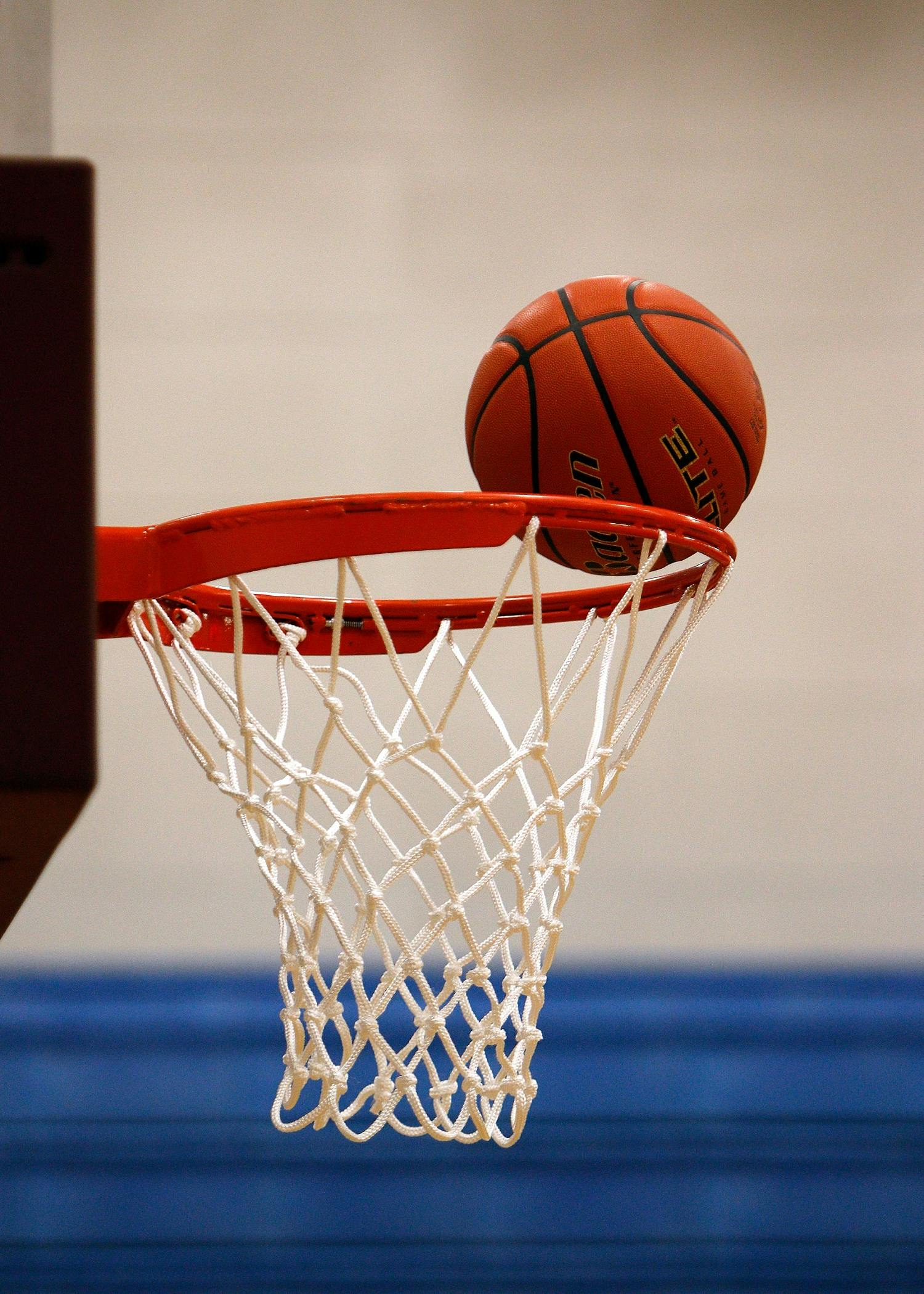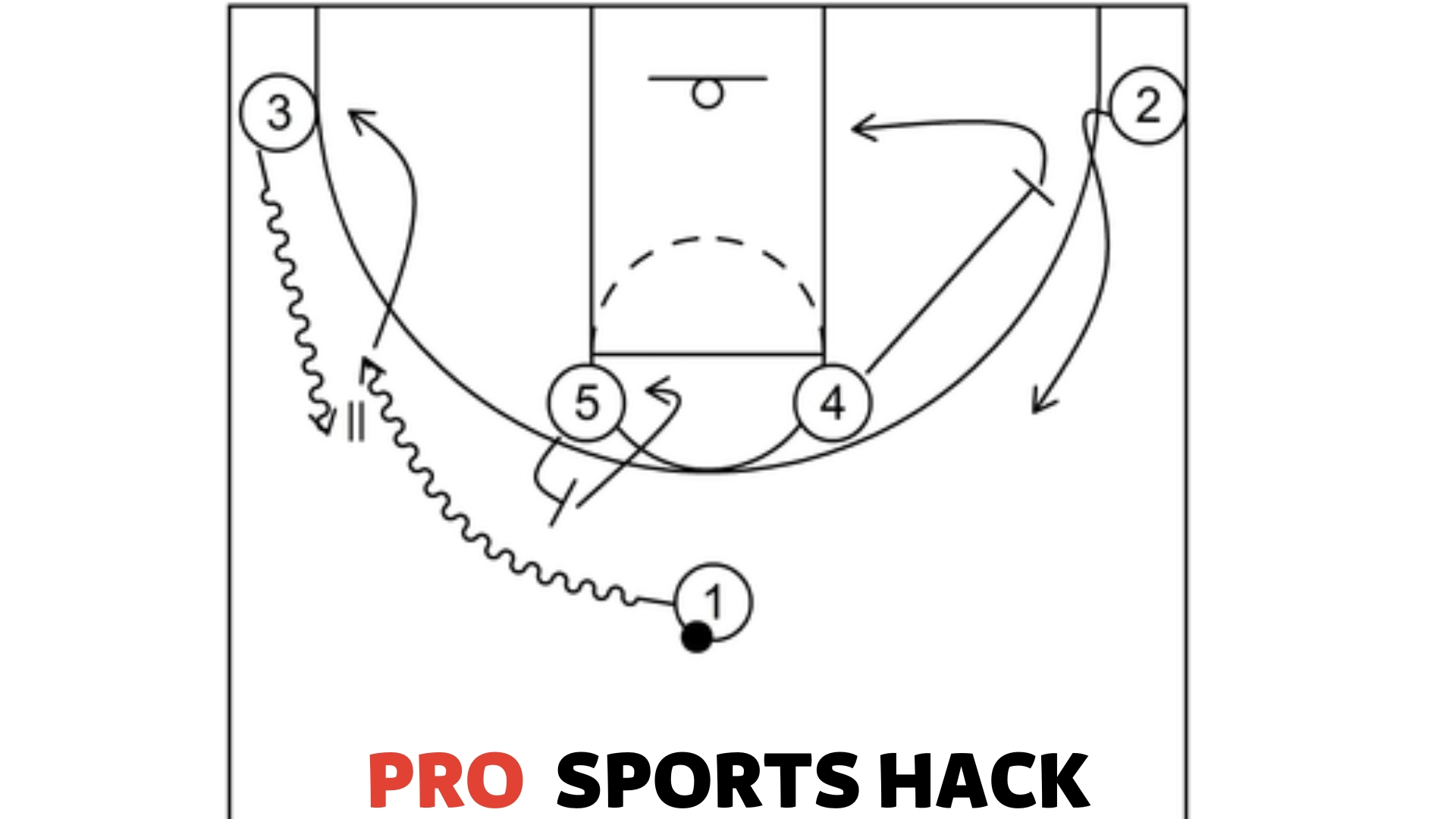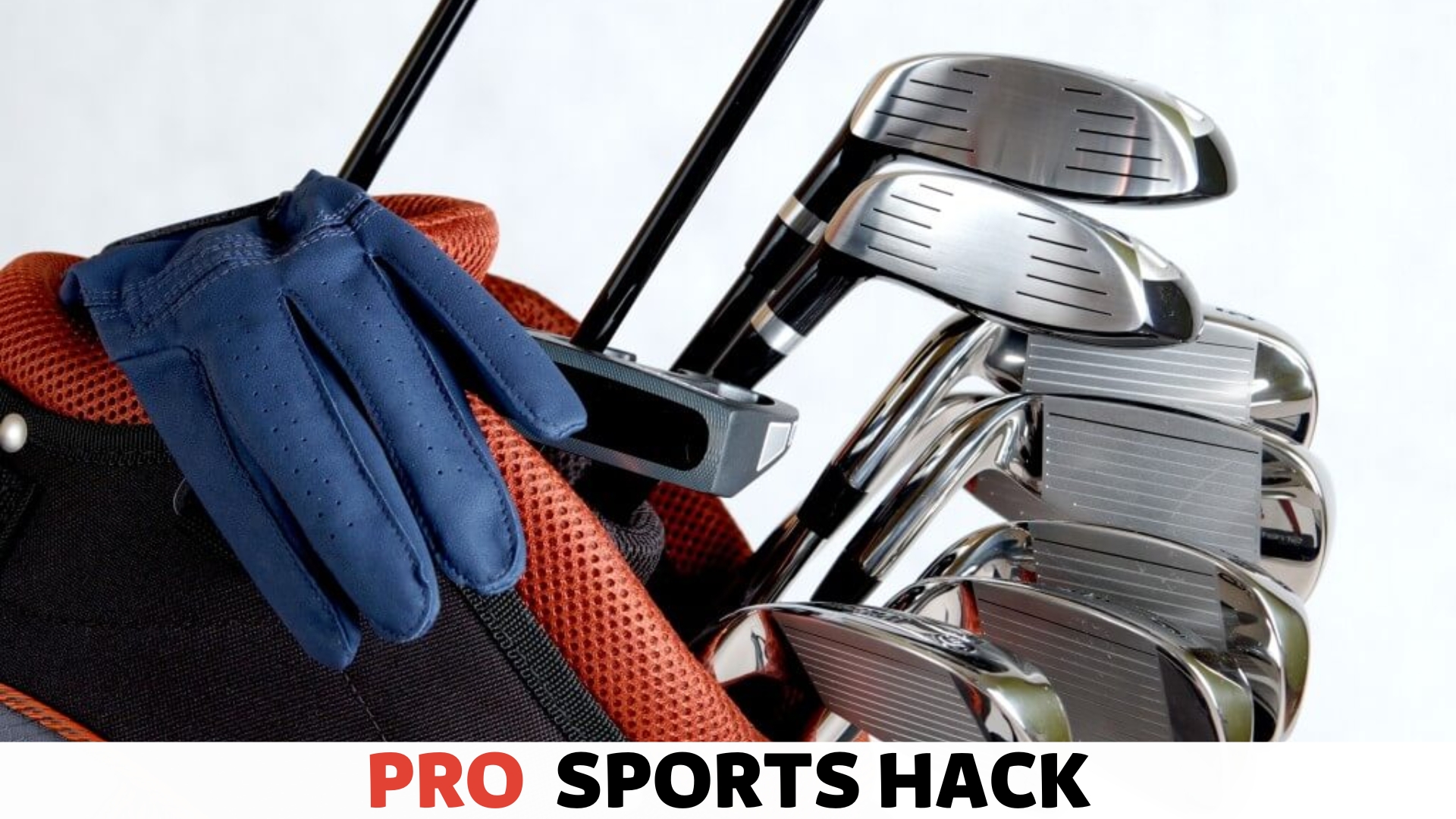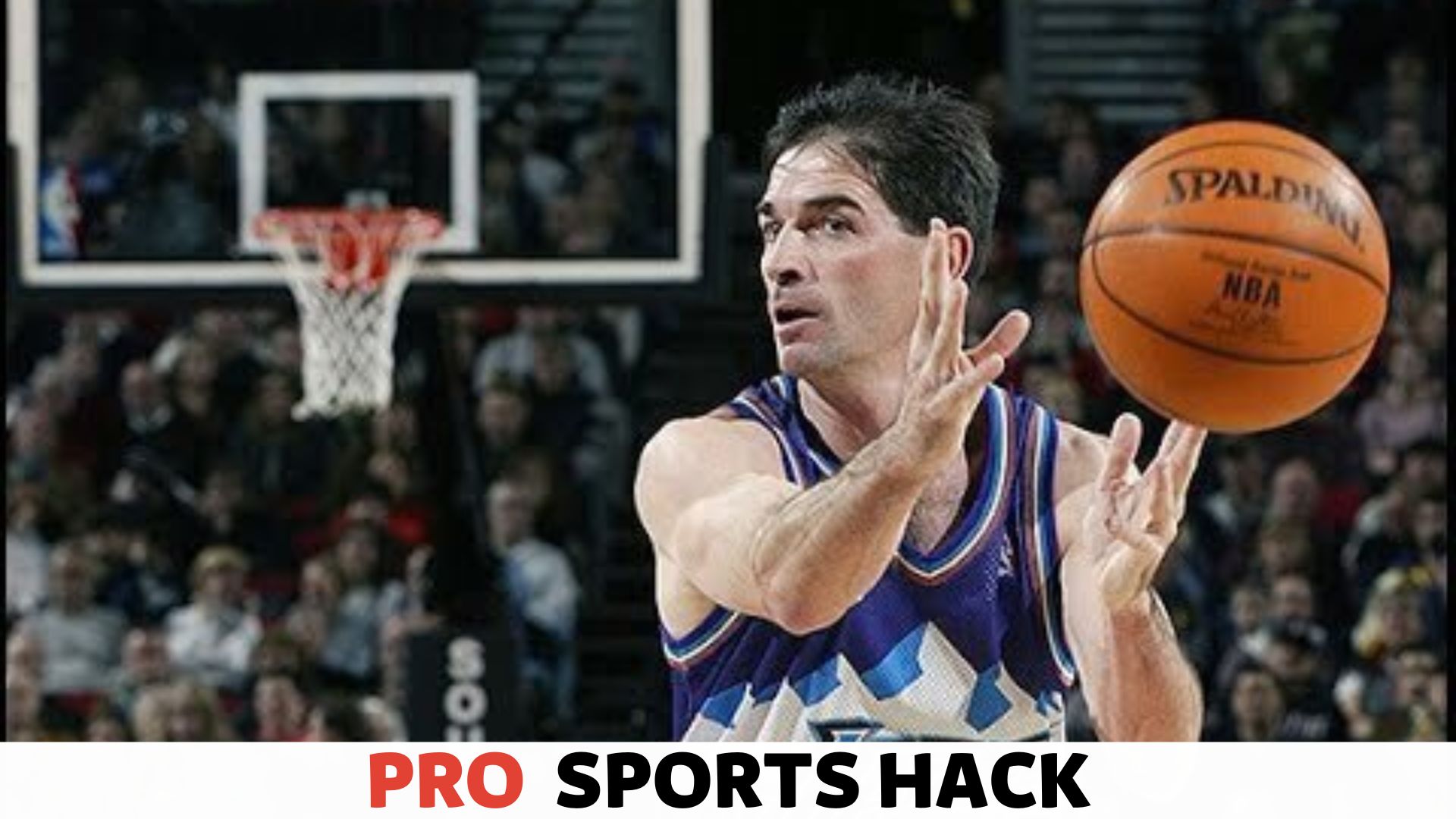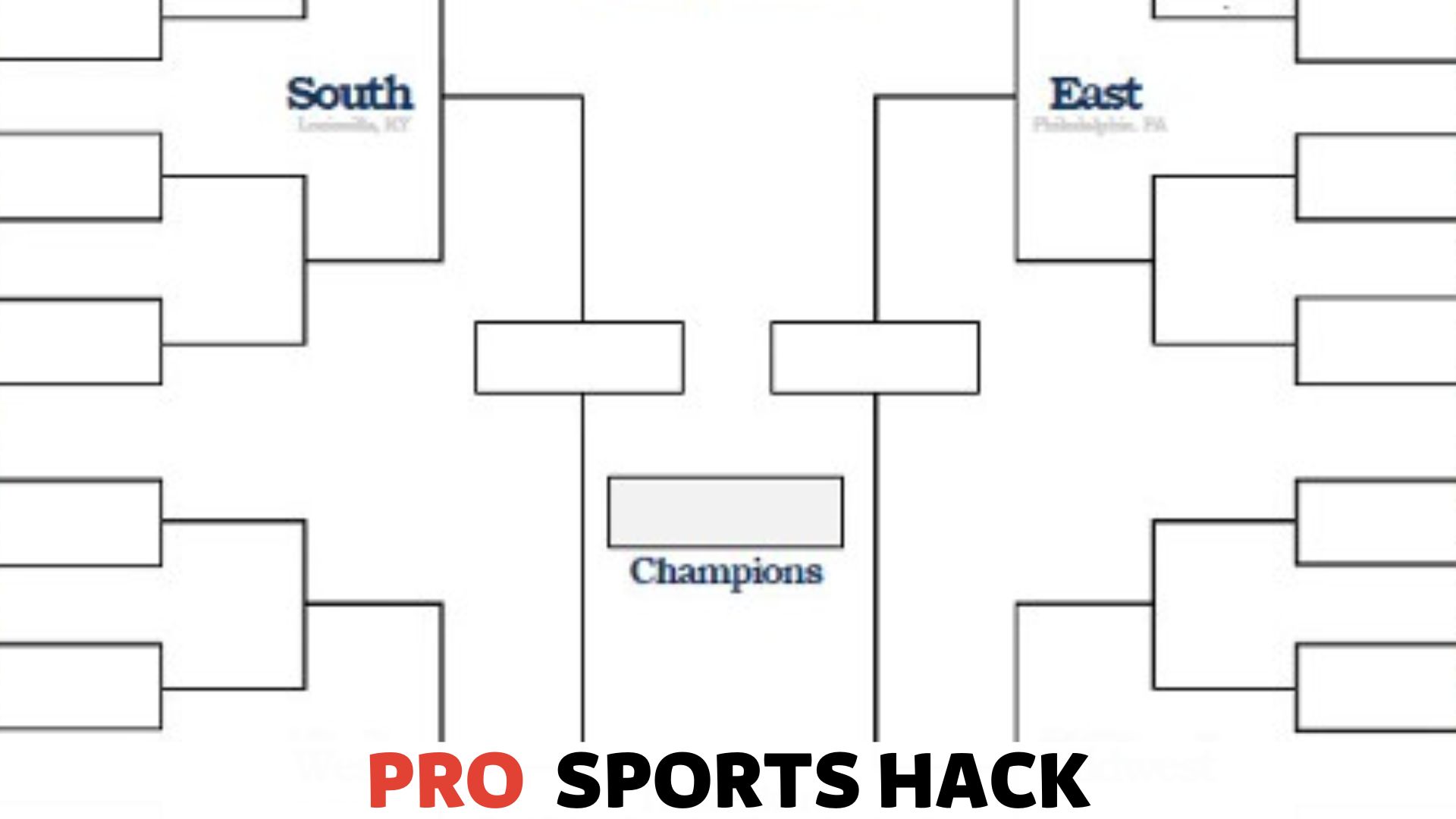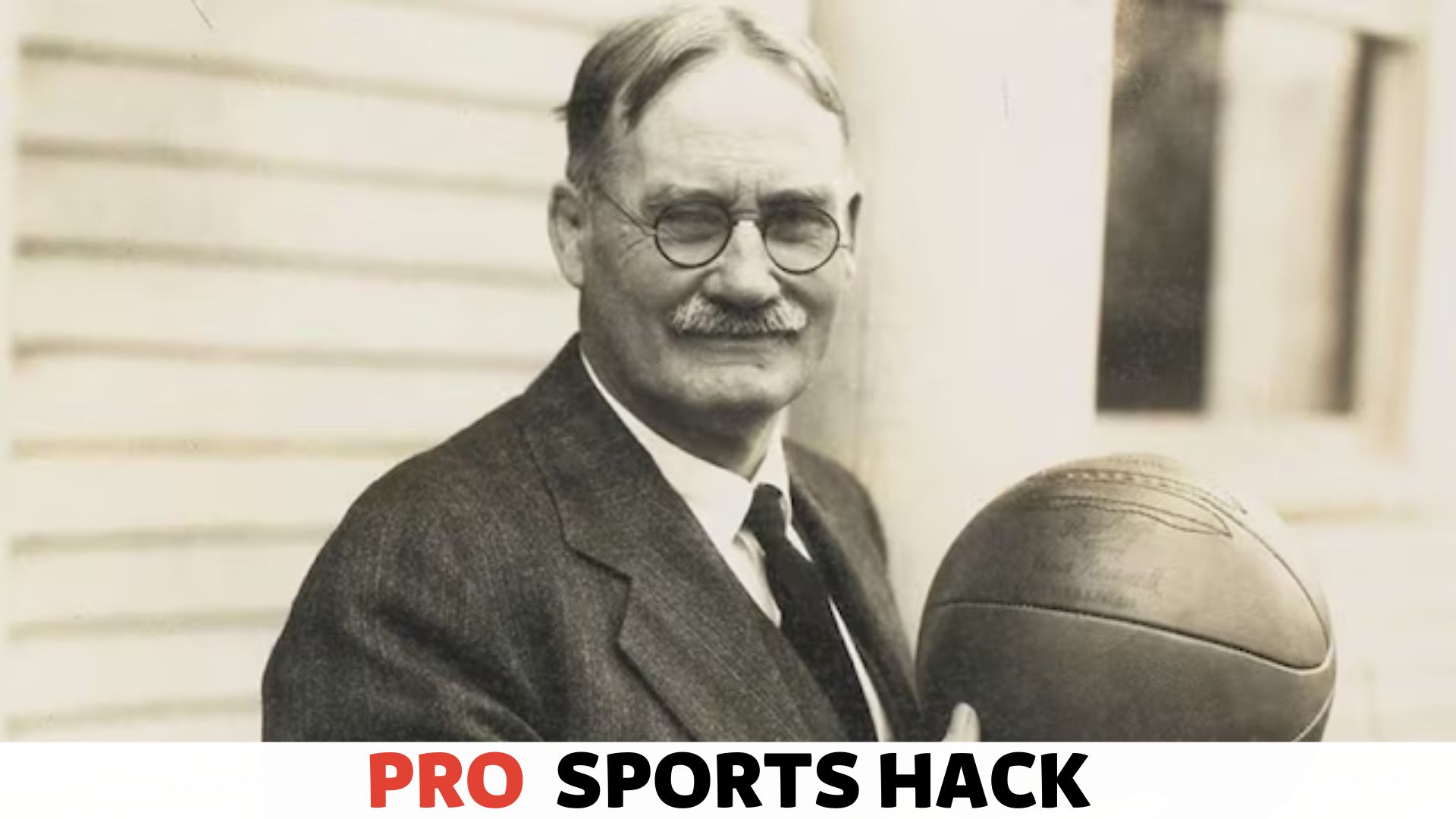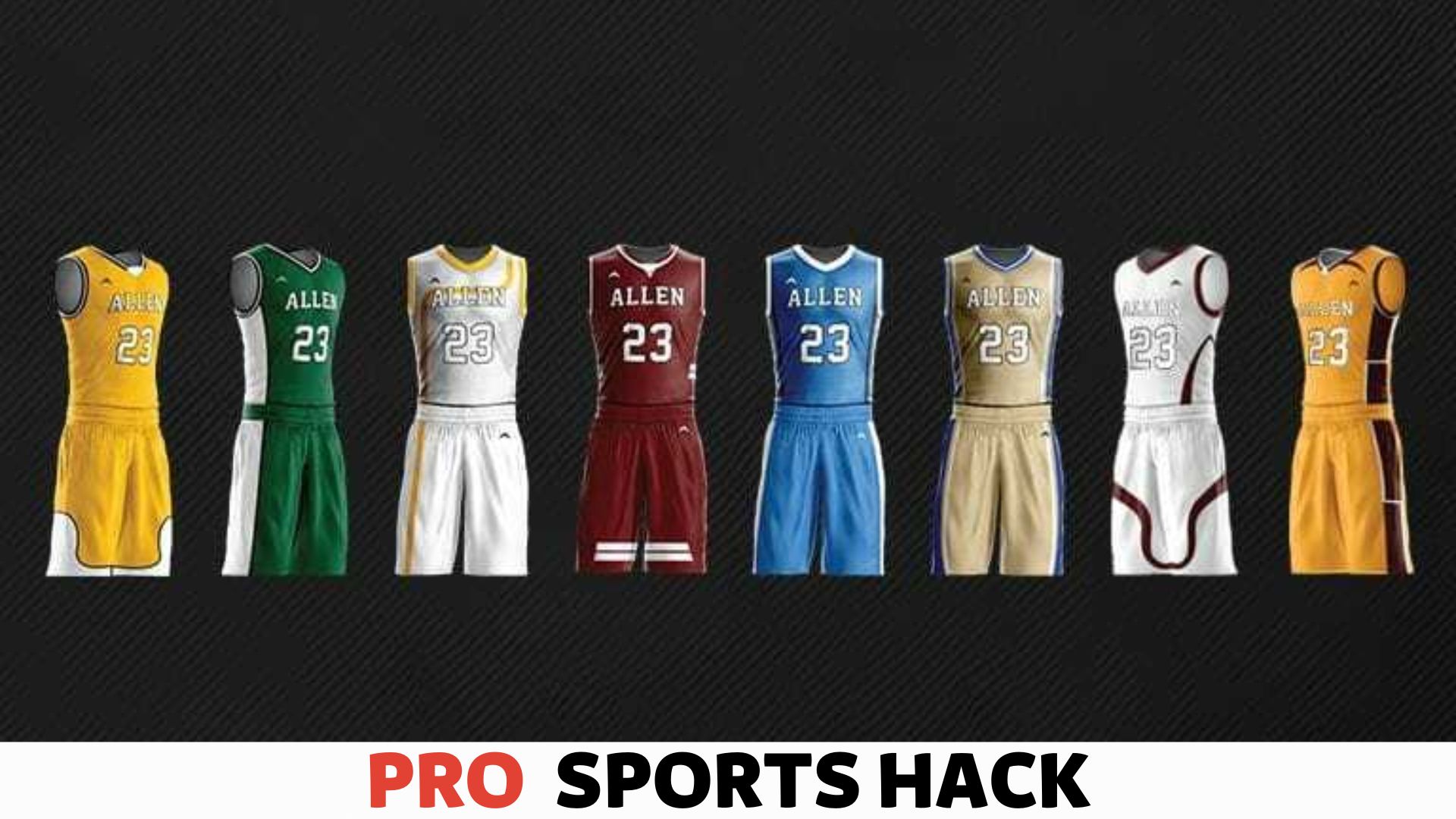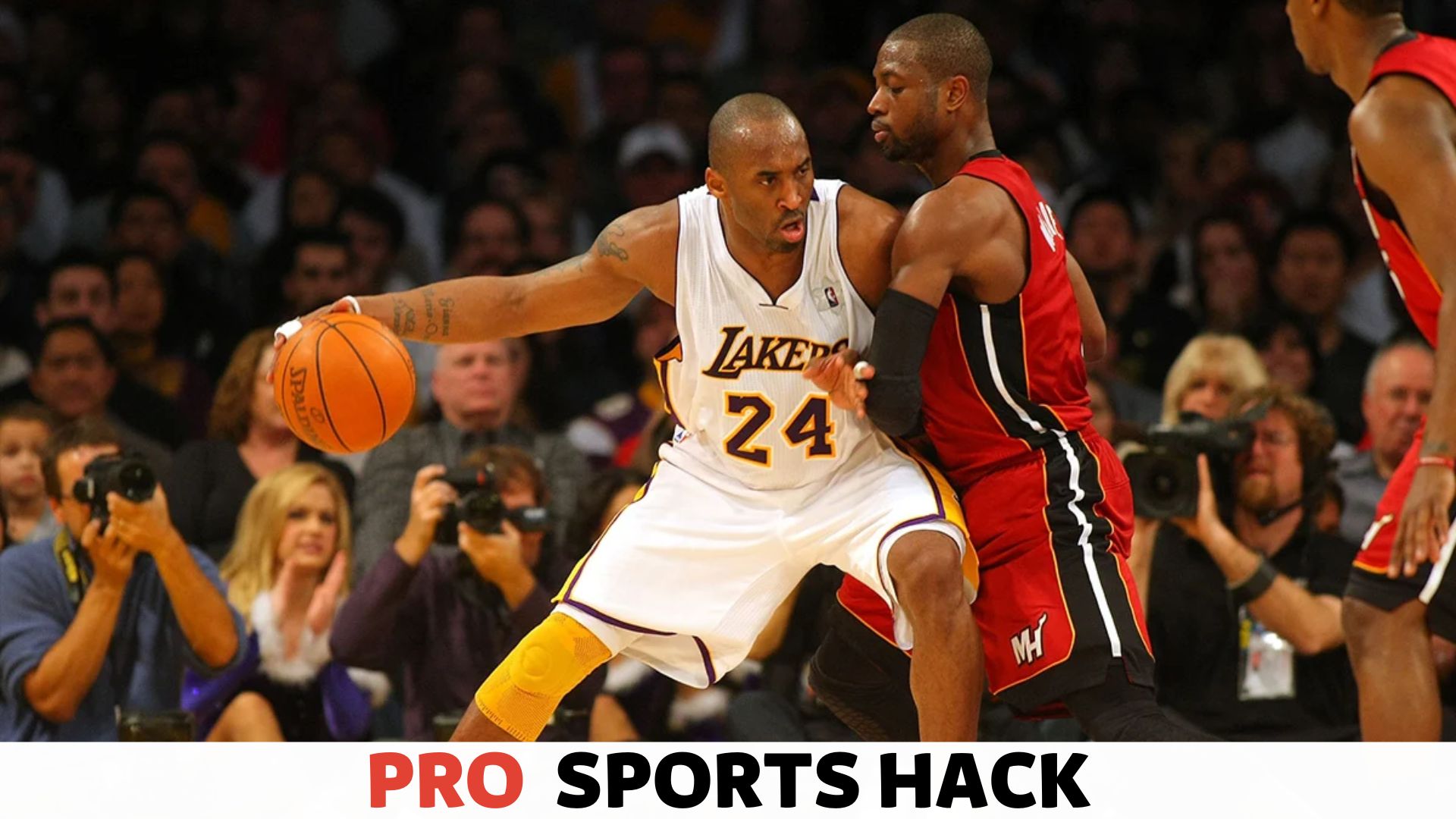
Basketball players wear rubber bands on their knees to provide support and prevent injury. Wearing rubber bands around the knees has become common among basketball players.
These bands, also known as knee sleeves or knee pads, are worn to provide stability and compression to the knees during the game.
The constant jumping, running, and pivoting motions strain the knees and can lead to sprains, strains, and patellar tendonitis.
The rubber bands help reduce the knee joint’s impact and provide much-needed support. Additionally, band compression can increase blood flow to the area, aiding recovery.
In this article, we will explore the specific benefits of wearing rubber bands on the knees and how they can improve performance on the court.
Anatomy of the Knee
The knee is the largest joint in the body and consists of three main parts: the femur (Thigh Bone), the Tibia (Shinbone), and the Patella (Kneecap).
Here are some key points to understand about the anatomy of the knee:
- The knee joint is surrounded by numerous ligaments and tendons that help to keep it stable and allow for movement.
- The cartilage between the bones is a cushion that helps absorb shock during movement.
- The meniscus, a c-shaped cartilage piece, helps distribute weight across the knee and improves stability.
- The quadriceps and hamstring muscles in the thigh and back of the leg help move and stabilize the knee joint.
How Do Rubber Bands on the Knees Help Basketball Players?
Now that we understand the complex structure of the knee joint, let’s explore how rubber bands on the knees can benefit basketball players:
- Rubber bands can help to provide compression and support around the knee joint, which can help to reduce pain and inflammation and prevent injuries.
- The compression can also improve blood flow and enhance proprioception, or the body’s ability to sense where it is in space, leading to improved balance and coordination on the court.
- Rubber bands can also perform resistance exercises that can strengthen the muscles around the knee joint, leading to improved stability and performance.
By wearing rubber bands on their knees, basketball players can enhance their performance and reduce their risk of injuries on the court.
Understanding the complex anatomy of the knee joint and the benefits of using rubber bands can help players take their game to the next level.
Common Knee Injuries in Basketball
Basketball is popular worldwide, and players must care for their bodies to avoid injury. Unfortunately, knee injuries are very common in basketball, affecting players’ performance and long-term health.
Therefore, basketball players wear rubber bands on their knees to prevent such injuries.
Anterior Cruciate Ligament (ACL) Injury
An ACL injury in basketball is a common knee injury when the knee suddenly twists or bends in the wrong direction. This injury is especially prevalent during jumps, landings, or sudden direction changes.
Here are some key points to consider:
- An ACL injury is a severe injury that can require an extended period of rehabilitation and recovery time.
- Athletes with a previous ACL injury are more likely to sustain another injury.
- Female basketball players are more prone to ACL injuries than male players.
Medial Collateral Ligament (MCL) Injury
MCL injuries are also prevalent in basketball, occurring when there is stress on the knee from the side. They can happen due to a collision with another player, an awkward landing, or a swift change of direction.
Here are some more points to consider:
- MCL injuries are less severe than ACL injuries but require full recovery time.
- Injury to the MCL can cause pain and swelling on the inside of the knee.
- Once the MCL has healed, players can resume training and gaming with precautions.
Meniscus Injury
The meniscus is a crucial cushioning structure that serves as a shock absorber for the knee. A sudden twisting or pivoting of the knee can cause a meniscus tear, resulting in swelling and stiffness.
Here are some quick facts about meniscus injury in basketball:
- The symptoms of a meniscus injury generally include pain, locking of the knee, and swelling.
- Treatment options include rest, ice, and physical therapy, but surgery may be necessary in severe cases.
- Players can avoid meniscus injuries by regularly stretching, warm-up exercises, and wearing proper footwear.
Patellar Tendinitis
Patellar tendinitis is a common overuse injury that affects the patellar tendon, which connects the patella (kneecap) to the shinbone. Frequent jumping, running, and sudden knee movements can cause this injury.
Here are some points to consider:
- Patellar tendinitis can cause pain, swelling, and tenderness in the knee.
- Rest and physical therapy can help relieve the pain, but the recovery time can be extended.
- Wearing properly fitting shoes with good support and cushioning can help prevent tendinitis and limit the number of high-impact jumping activities.
Basketball players face many knee injury risks, dramatically affecting their long-term playing career and overall health. Therefore, wearing rubber bands on the knees can prevent these injuries, ensuring the players stay healthy and play the game they love.
Purpose of Rubber Bands on Basketball Players’ Knees
Basketball players wear rubber bands on their knees for various reasons. It may seem bizarre to the audience, but this wearable technology has become common in basketball.
Rubber bands are known to serve purposes such as support, injury prevention, and rehabilitation.
In this blog post, we will discuss the significance of rubber bands on basketball players’ knees, their functionality, and how they help to improve their performance.
Support
Basketball is a physically demanding sport that can cause excessive strain on the body, especially on the knees. Wearing rubber bands provides additional support to the knees, reducing the risk of injury.
Players wear rubber bands to keep their muscles warm, increase circulation, and prevent strains before, during, and after the game.
Injury Prevention
Basketball players are prone to knee injuries such as ACL, MCL, or meniscus tears, and rubber bands safeguard against these injuries.
The rubber bands on the knees reduce the movements that cause the knee to bend inward, reducing the risk of injury.
The rubber band’s tension also helps stabilize the knee joint, providing extra support that helps players avoid injuries.
Rehabilitation
Injuries are common in basketball, and players must take extra care to prevent them. Rubber bands have also been included in rehabilitation after an injury to help restore strength and flexibility.
Players use them to rehabilitate their knee muscles to regain their lost strength during rehabilitation.
Basketball players have incorporated rubber bands into their attire to improve their performance and reduce injury risks. Rubber bands serve numerous purposes, including supporting, preventing injuries, and rehabilitating.
It is essential to note that while rubber bands may reduce the risk of injury, injuries still occur.
However, wearing them can help improve a player’s performance and prevent severe knee injuries. Keep supporting your favorite basketball player, and look for the rubber bands on their knees!
As you watch NBA games, you may have noticed some players wearing one-legged tights. Have you ever wondered why basketball players wear one-legged tights? We uncovered the reasons behind this unique practice.
Types of Knee Support Gear Used in Basketball
Basketball players put significant strain on their knees during games, and the constant jumping, running, and quick direction changes can take a toll on their joints.
Many players wear knee support gear to help protect and stabilize their knees during gameplay.
Two popular types of knee support gear among basketball players are elastic knee sleeves and adjustable knee straps/braces.
Elastic Knee Sleeves
- Elastic knee sleeves are stretchy, flexible materials that fit snugly around the knee.
- The sleeves provide compression to the knee, which can help reduce swelling and inflammation.
- They also increase blood flow to the area, which can promote healing and help prevent injuries.
- Elastic knee sleeves offer some support and stability to the knee joint but are not as substantial as adjustable knee straps/braces.
Adjustable Knee Straps/Braces
- These knee support devices are made of materials such as neoprene and nylon and feature adjustable velcro straps.
- Players can adjust the tightness of the straps to provide customized support for their knees.
- Adjustable knee straps/braces can help improve patella tracking, which is the movement of the kneecap.
- They can also help stabilize the knee joint and prevent excessive side-to-side movement.
- Some adjustable knee straps/braces also have hinges or splints that provide additional support and protection to the knee joint.
Basketball players wear knee support gear for different reasons. Some players wear elastic knee sleeves to help reduce swelling and inflammation, while others wear adjustable knee straps/braces to provide customized support and stability to their knee joints.
Regardless of the type of knee support gear they choose, players need to care for their knees to help prevent injuries and maintain their performance on the court.
Precautions and Considerations for Wearing Rubber Bands on Knees in Basketball
Basketball is one of the most popular games worldwide, with millions of people watching and playing it. It requires immense physical exertion and agility from the players.
You might have noticed that basketball players sometimes wear rubber bands on their knees during the game.
Have you ever wondered why they do it? We will explore the reasons behind it and the precautions and considerations that must be taken while wearing rubber bands on the knees in basketball.
In the world of basketball, many players wonder, “Are Jordan 11s good for basketball?” Let’s delve into the suitability of these iconic sneakers on the court.
Benefits of Wearing Rubber Bands on Knees in Basketball
- The rubber bands provide extra support and stability to the knees, which reduces the risk of knee injury and pain.
- They help increase blood flow and circulation to the knees, which helps in enhancing the flexibility and range of motion of the joints.
- Knee bands also work as a preventive measure against patellar tendonitis, a common knee injury among basketball players.
Precautions for Wearing Rubber Bands on Knees in Basketball
- Knee bands should not be worn too tightly, as they may restrict blood flow and lead to discomfort or pain.
- The players must ensure the bands are positioned correctly, as an improper placement may cause more harm than good.
- Knee bands are not a substitute for proper stretching and warm-up exercises. Players should always perform adequate stretching exercises before wearing knee bands.
- Basketball players with knee injuries should consult a medical professional before using knee bands. In some cases, wearing knee bands may exacerbate their condition.
Considerations While Wearing Rubber Bands on Knees in Basketball
- It is essential to note that knee bands are not a magic solution to knee injuries or pain. Wearing them alone cannot prevent knee injuries or replace proper warm-ups, rest, and stretching exercises.
- Basketball players should invest in high-quality knee bands that provide adequate support while being comfortable to wear during a game.
- Taking off the knee bands after the game or during breaks is advisable. Wearing them for extended periods may lead to excessive sweating, which can cause irritation and discomfort.
- Knee bands are one of the many ways to protect and support the knees during basketball games. Players should also ensure their playing surface is safe and wear appropriate shoes to prevent ankle injuries.
Wearing rubber bands on the knees benefits basketball players, but it must be done carefully. Proper placement, comfort, and appropriate usage are crucial for the bands to work as intended.
Additionally, players must remember that knee bands are not substitutes for proper warm-up and stretching exercises.
To master the art of basketball, understanding fundamental moves like the V-Cut is crucial. So, what is a V-Cut in basketball, and how can it enhance your gameplay?
Frequently Asked Questions
What Are Basketball Knee Bands Made Of?
Basketball knee bands are often made of rubber or latex materials, which help compress the knee muscles and offer support during activities. They may also be made of neoprene, nylon, or spandex for more flexibility and breathability.
How Do Basketball Knee Bands Work?
Basketball knee bands work by providing compression to the muscles in the knee and improving circulation. They also provide support and stability to the joint, which can help to reduce the risk of injury and improve performance during games and practices.
Can Basketball Knee Bands Prevent Injuries?
While basketball knee bands cannot completely prevent injuries, they can help to reduce the risk of certain types of injuries, such as strains and sprains. They do this by providing support and stability to the joint, which can help to reduce the impact of sudden movements and changes in direction.
Should Basketball Players Wear Knee Bands All the Time?
Basketball players may always wear knee bands or only during games and practices, depending on their needs. Some players find that wearing knee bands during conditioning or training can help to improve their performance and prevent injuries.
How Do I Know If I Need to Wear Knee Bands for Basketball?
If you have a history of knee injuries or if you experience pain or discomfort in your knees during basketball activities, you may benefit from wearing knee bands. It’s important to talk to your doctor or physical therapist to determine the best course of action for your individual needs.
Conclusion
After carefully considering why basketball players wear rubber bands on their knees, it is clear that this practice has several benefits.
Rubber bands provide support and stability to the knee area, reducing the risk of injury and helping to prevent muscle and joint pain.
Additionally, wearing rubber bands during a game can improve players’ performance by allowing them to move more freely and easily.
Ultimately, whether or not basketball players choose to wear rubber bands on their knees is a personal choice, but the evidence suggests that doing so can be highly beneficial.
So, if you’re a basketball player looking to improve your game and protect your knees, it may be worth considering adding this simple yet effective tool to your basketball gear.




![Cat in the Chrysalis Spoiler: All You Need To Know [Updated] Cat in the Chrysalis Spoiler](https://prosportshack.com/wp-content/uploads/2024/02/Cat-in-the-Chrysalis-Spoiler-100x75.jpg)







